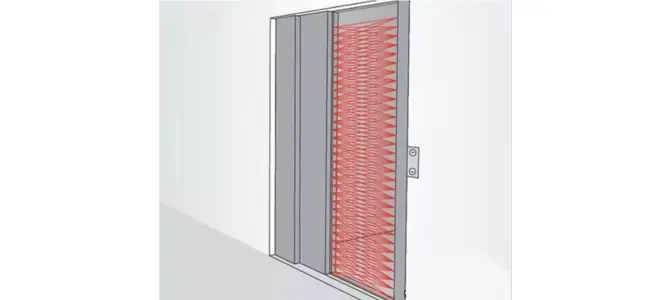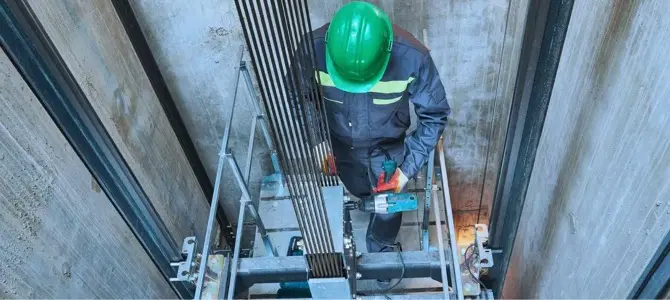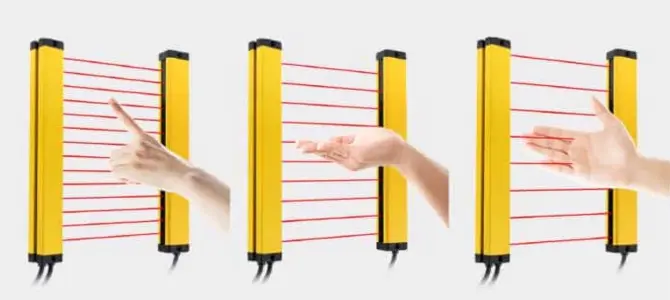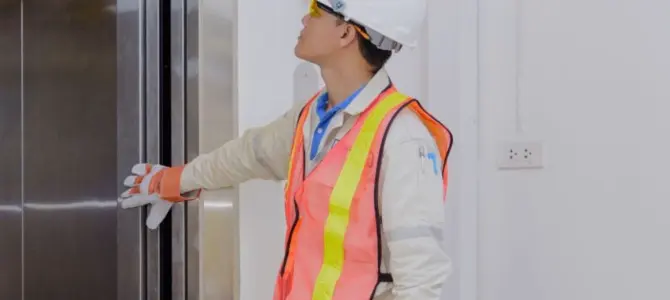The elevator light curtain is a crucial safety feature that prevents accidents during elevator door operation. It uses infrared beams to detect obstructions in the doorway, ensuring doors do not close when people or objects are in the way. However, like any technology, light curtains can fail, causing inconvenience, safety risks, and operational delays.
This post breaks down the 7 most common elevator light curtain failures, their causes, and effective solutions. By addressing these issues, you can keep your elevators running safely and efficiently while minimizing downtime. Let’s explore these challenges and how to resolve them.
This is one of the most common issues caused by a disruption in the infrared beam’s circuit. It typically happens when:

Doors that start closing but then reopen repeatedly indicate a problem with the light curtain’s scanning beam. This is often caused by:

A completely non-functioning light curtain allows doors to close even when obstructions are present, posing significant safety risks. Causes include:

Sometimes, light curtains work intermittently. This issue often arises from unstable power supplies or faulty connections.
False triggers occur when the light curtain stops the doors even though no real obstruction is present. This can be caused by:

Light curtains with poor sensitivity may fail to detect small objects, especially near the bottom of the door. This occurs when:
Browse upgraded light curtain models with improved sensitivity.
Light curtains used in dusty, humid, or sunny conditions are prone to frequent malfunctions. Environmental factors can disrupt the infrared beam or damage components over time.
Contact us today to learn more about light curtain maintenance.
Light curtain failures can disrupt elevator operations and pose serious safety risks. By understanding common issues like misaligned sensors, wiring problems, and environmental interference, you can take proactive measures to keep your elevators safe and reliable.
At Potensi, we offer high-quality elevator light curtains and expert support to resolve these issues efficiently. Contact us today for the best solutions tailored to your needs.
① Get 10% off on your first order.
② Get latest news about our promotion products.
③ Get our sales specialist VIP service 24/7.
④ Get access to our credit payment time.
WhatsApp us
